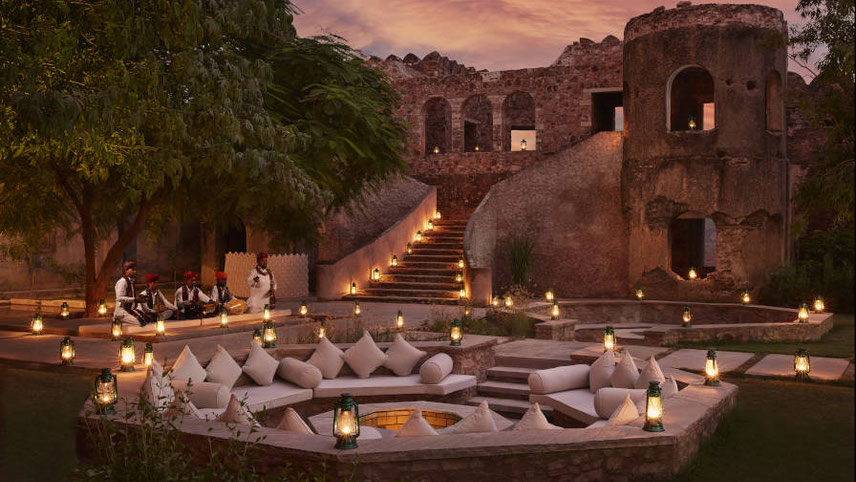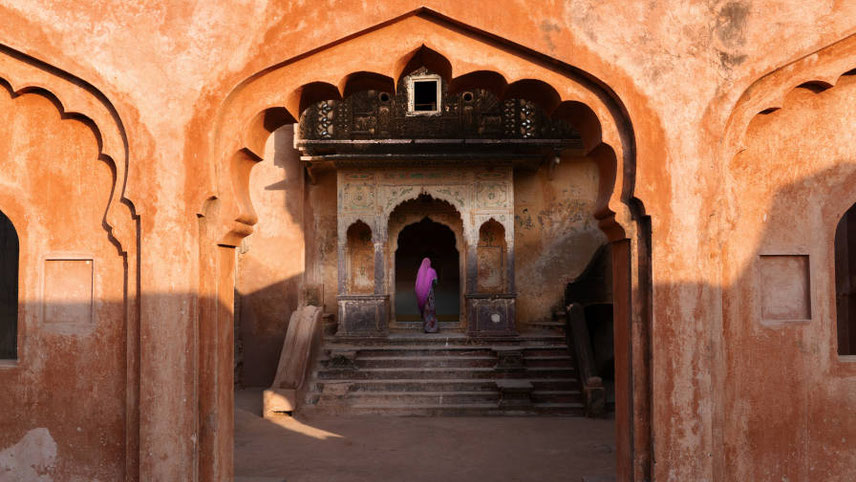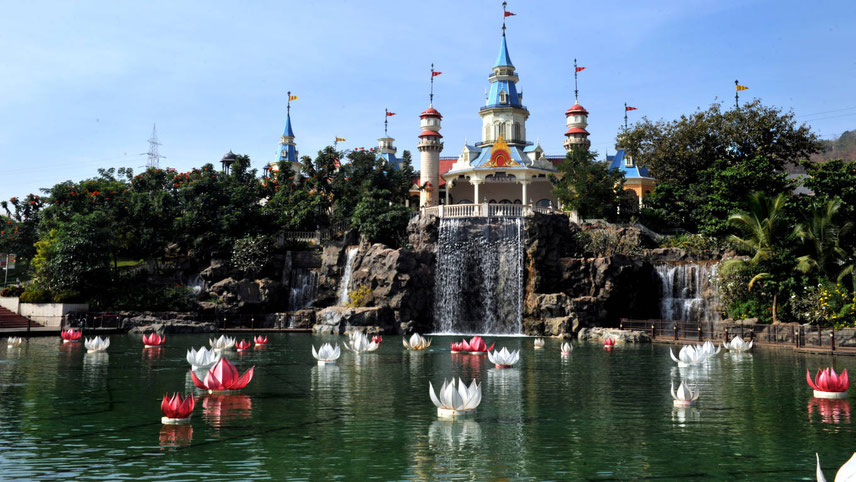-

Choegyal: creating sensory experience
So, who’s headed there? According to Choegyal, the usual suspects include affluent and discerning travellers which include HNI females & males, 35 years-plus with a strong interest in wellness and sustainability. “We know that our position on sustainability and wellness deeply connects with the millennial generation as well as they seek out experiences for well-thought-out reasons. Six Senses believes in developing ties with the local community and surrounding areas. Our goal is to enrich the lives of the people around our resorts and spas as well as our guests. Millennials also love the experiences and offerings we present.”
Choegyal is confident that Covid will have little impact on occupancy. “As more people are gravitating towards health and well-being, offering deeply relaxing and wellness-infused experiences is of prime importance. This is where Six Senses steps in, by bringing a diverse selection of wellness programs, experiences and amenities that can be easily personalised and delivered according to the guest’s preferences.” The enforced shift to the domestic market in the last 18 months means there is unprecedented focus on it by luxury hospitality brands.
“The Indian market is ever expanding with a sudden surge in exploratory, experiential or wellness tourism, which is what is essentially driving the Indian luxury travel segment. With Six Senses Fort Barwara, our primary focus is on strengthening our domestic presence as well as our brand values in the country.”
-

Destination dining and experiences
History, brought alive
Six Senses Fort Barwara has witnessed a sensitively designed restoration process lasting over a decade, points out Choegyal. “The erstwhile Barwara Fort was constructed in the 14th century by the Chauhans and was conquered by the Rajawat Dynasty from the Hadas in 1734. During World War II, Raja Man Singh from the noble family of Barwara along with the Jaipur State Armed Forces fought alongside the British.
In appreciation of his services, he was bestowed with the title of Rao Bahadur. His grandson, Prithviraj Singh, has restored the fort to its previous glory in tandem with Panika, under the leadership of the late Nimish Patel and Parul Zaveri for architectural design, with a team of conservation experts including landscape designer Savita Punde and horticulturist Pradeep Kishen.
Six Senses Hotels Resorts Spas manages 17 hotels and resorts and 26 spas in 20 countries under the brand names Six Senses, Evason and Six Senses Spas, and has signed a further 34 properties into the development pipeline.
-

What to expect at Fort Barwara
· Fort Barwara is in a tucked away corner of southeast Rajasthan. Think Ranthambhore National Park, which is about an hour’s drive away. Driving from Jaipur, the city with the nearest airport, will take about two-and-a-half hours.
· The 48 rooms, nay suites, range in size from 753 s ft (70 sq m) toq 3,014 sq ft (280 sq m) and are in the northern section of the erstwhile royal residence.
· Though loaded with ‘mod cons’, each suite is designed in a contemporary Rajasthani style to complement the historic backdrop of the fort.
· The ‘zenana’ mahal is home to the spa, plus two revived temples.
· At your beck and call is a 24-hour GEM (Guest Experience Maker)
· Six Senses wellness standards mandate handmade mattresses, cotton bedding, and a sleep tracker, the results of which are interpreted during a short consultation with a wellness expert, who may recommend a personalised programme of lifestyle changes and treatments.
· There are two swimming pools, banqueting areas, a lifestyle boutique and a children’s club.
· An Earth Lab showcases sustainability efforts to support communities and ecosystems while inviting guests to learn some positive life hacks.
· Alchemy Bar – a brand staple – offers workshops where one can learn how to blend one’s own spa products. Indigenous essential oils, muds, clays, gels, and vegetable oils are blended to create an energy-boosting signature range of scrubs and spa potions.
-

Entrance to spa facilities
· With sustainability as a high priority, the resort has a water bottling plant where it produces its own water – still and sparkling! The hotel also has natural wastewater treatment.
· The landscape concept reinterprets the state’s regal setting, while the design has retained traditional gardens and water features, local native flora, and fauna. Old water harvesting techniques have also been modernised.
· Led by Matthew Cropp, the resort’s flagship dining destination, Roohani, showcases the power of local produce from the resort’s organic garden and farms in the nearby village in innovative ways. The overarching theme is Rajasthani-inspired fresh, sustainable cuisine highlighting Indian elements and flavours while embracing the Eat With Six Senses approach. The Cortile is an all-day dining destination. The Viewing Gallery, the Rajawat Room and Rani Bagh are other inhouse watering hotels.
· Besides trips to Ranthambhore NP, the hotel also has heritage, horticultural and cultural walks around the fort and to nearby villages.






































